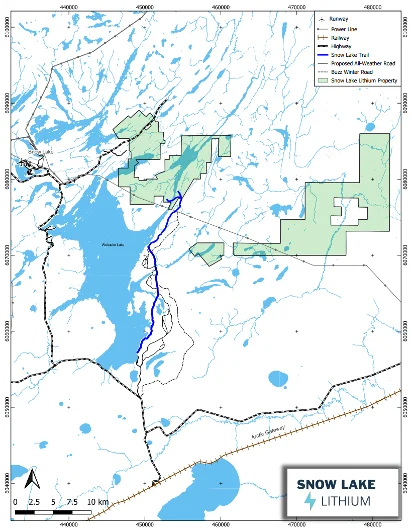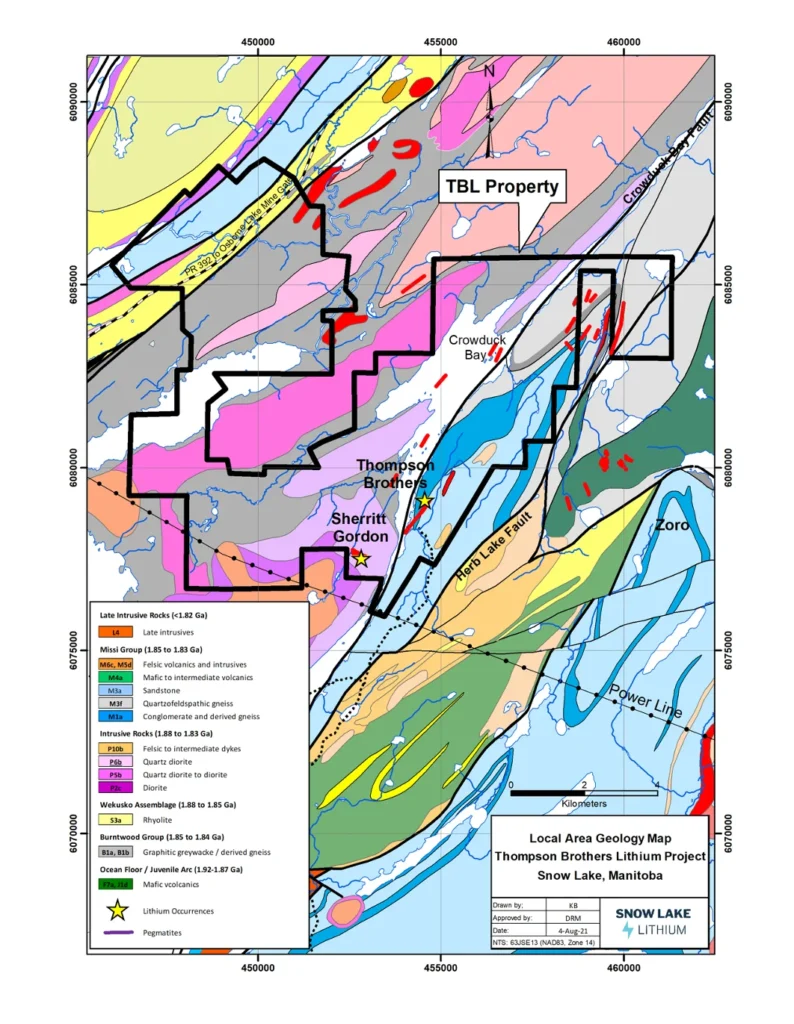Large Secure Land Position
Pro Mining Community
Access
Existing Infrastructure


Excellent Dimensions
Excellent Widths
Consistent Grades
Mining
Exploration Upside
Snow Lake Resources Ltd., d/b/a Snow Lake Lithium Ltd.
© 2024 Snow Lake Lithium. Nasdaq: LITM | Disclaimer | Privacy Policy
Designed and built by Red Cloud Media